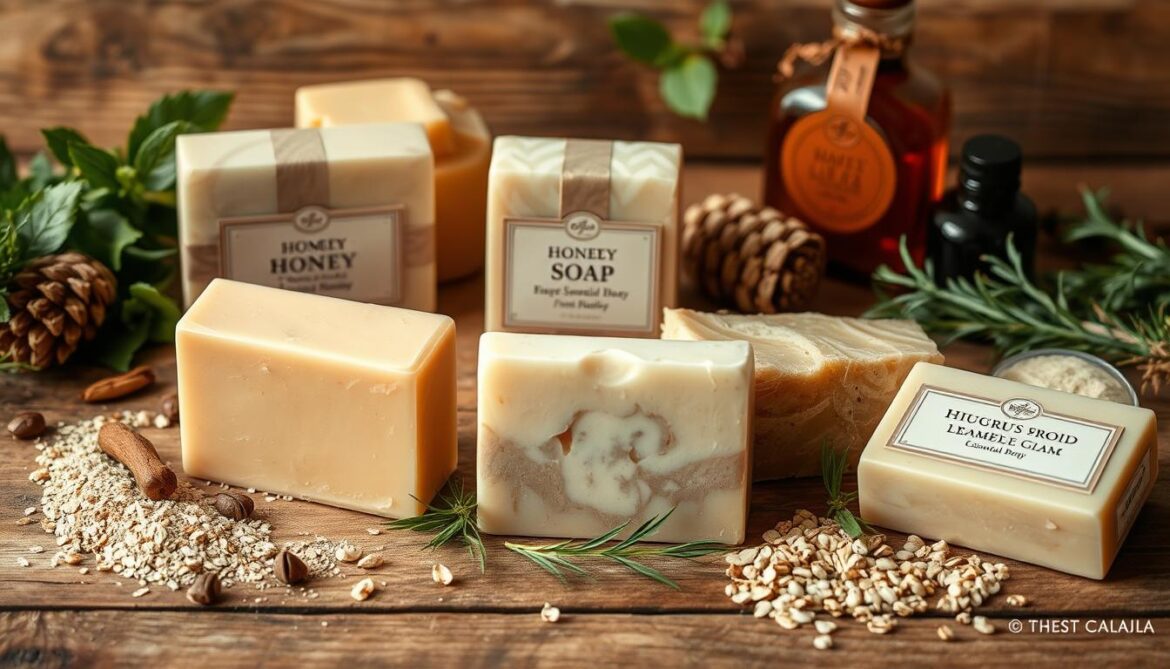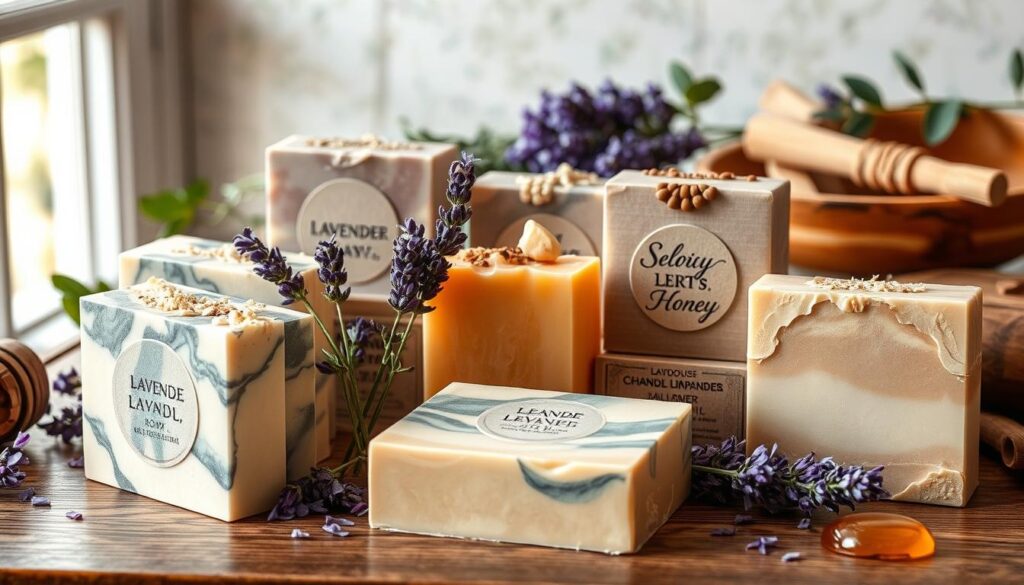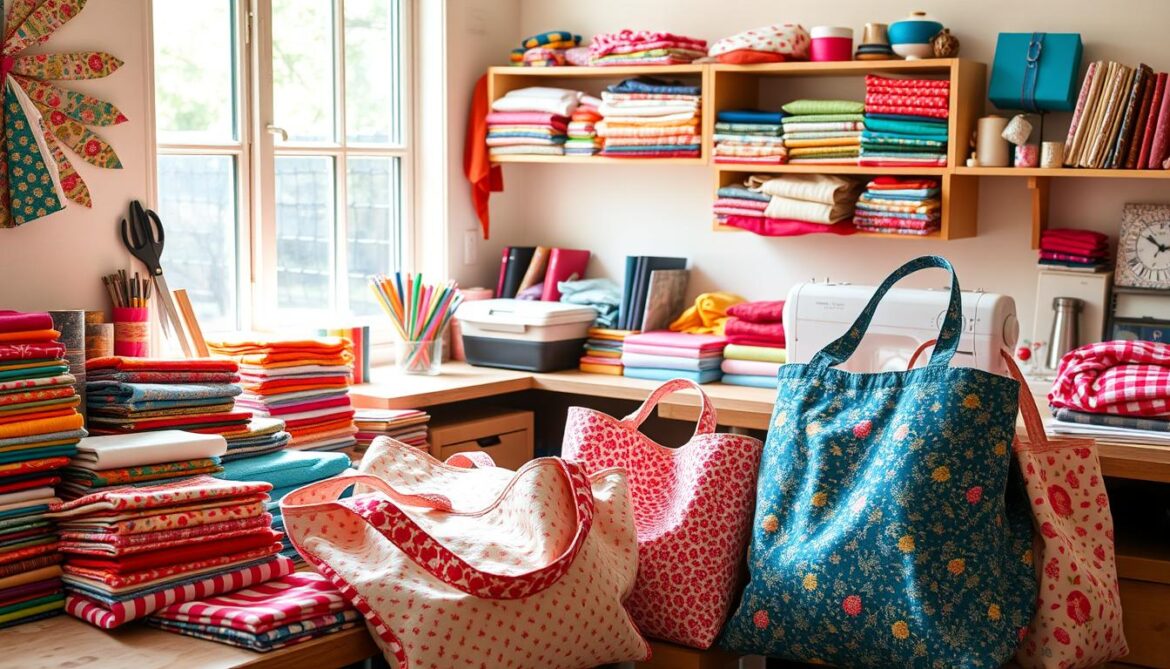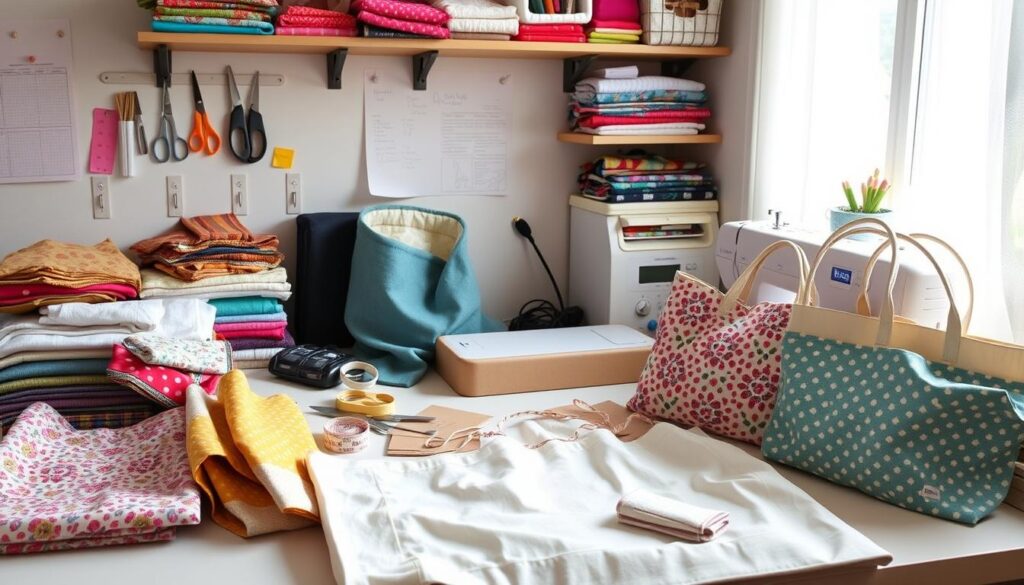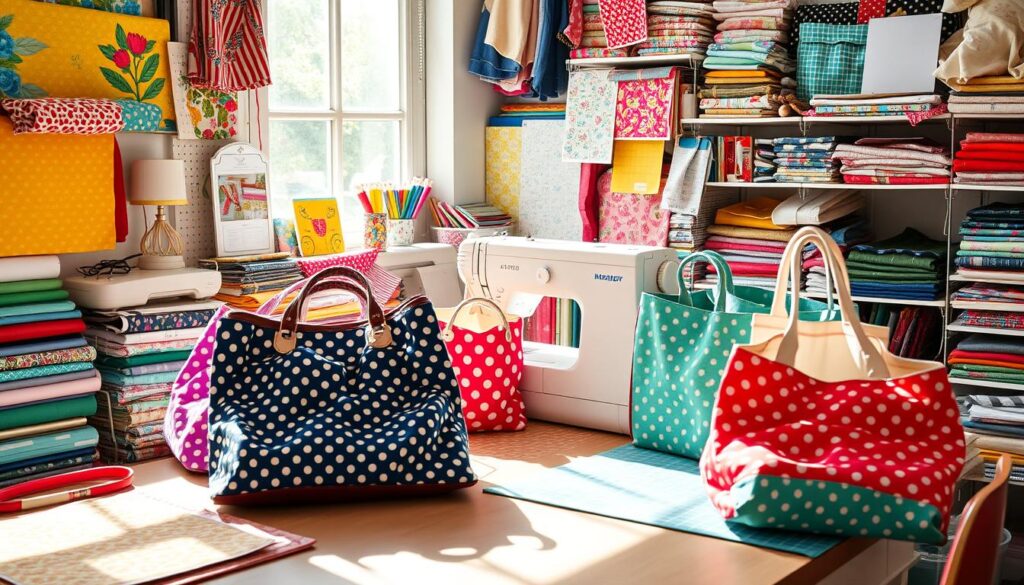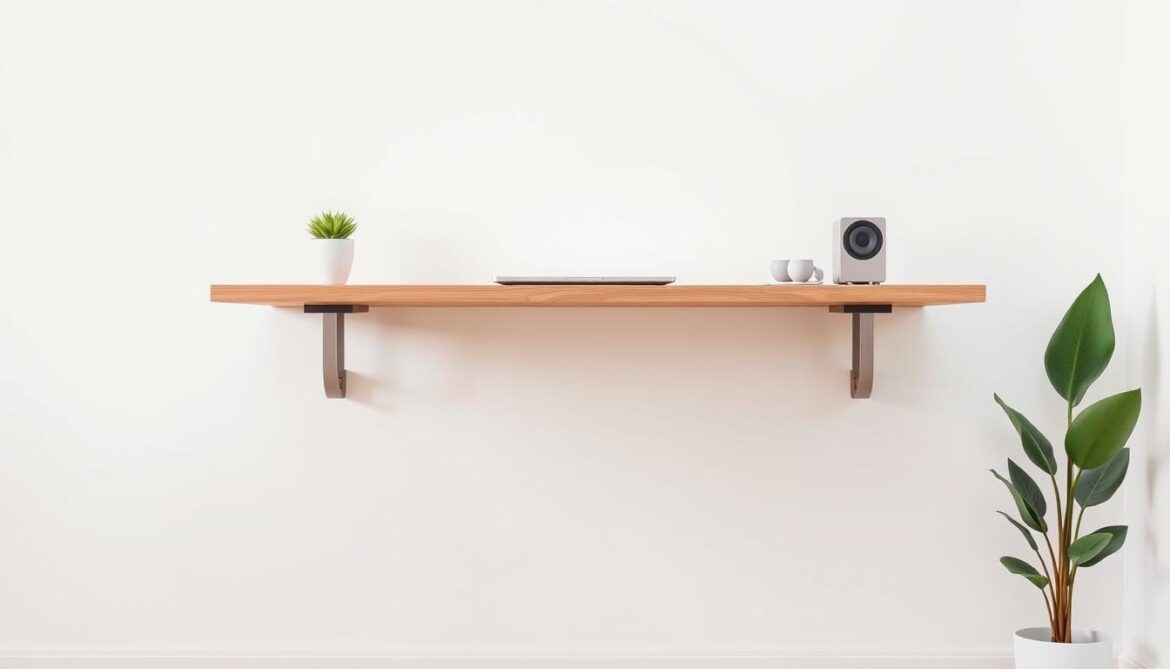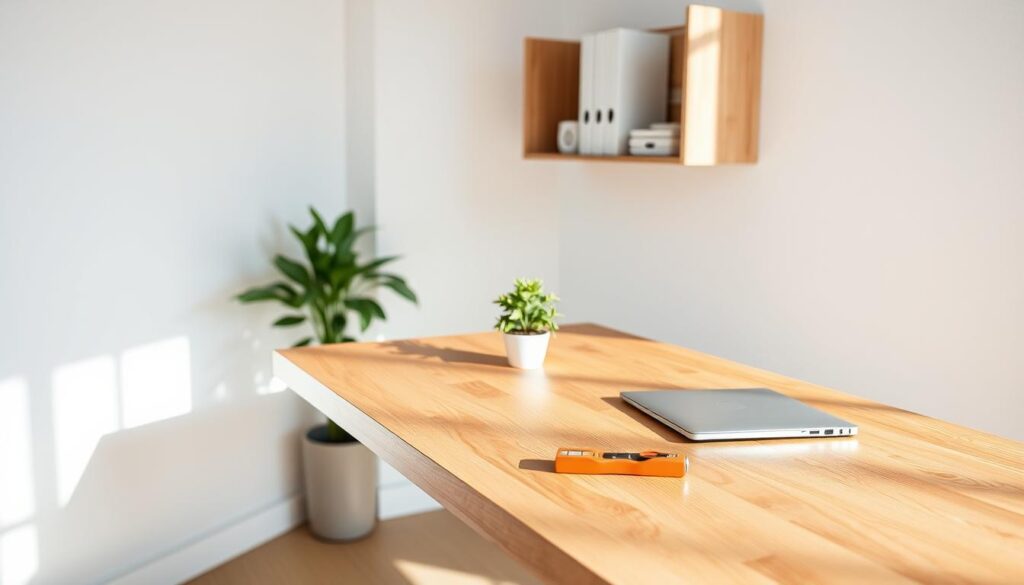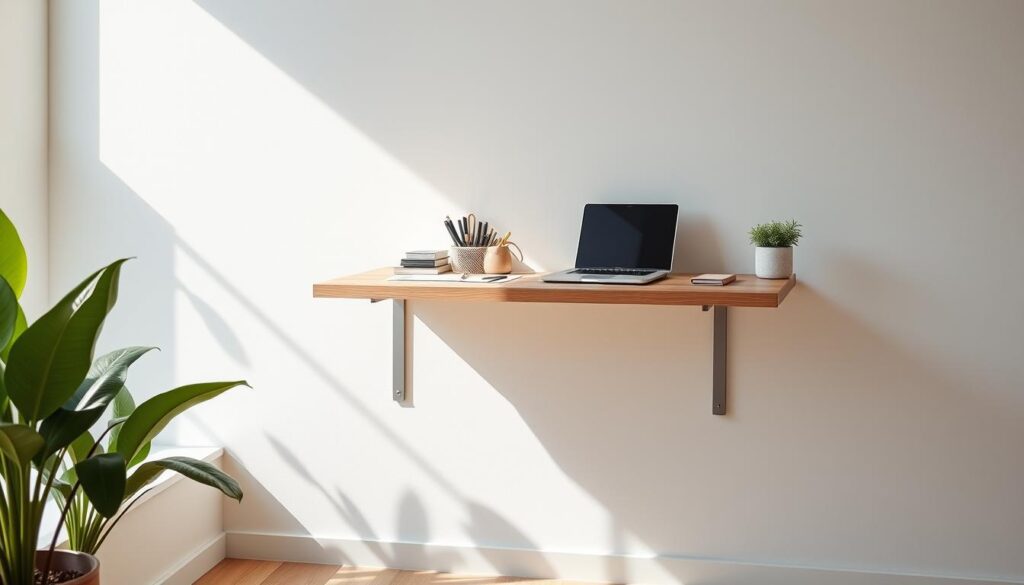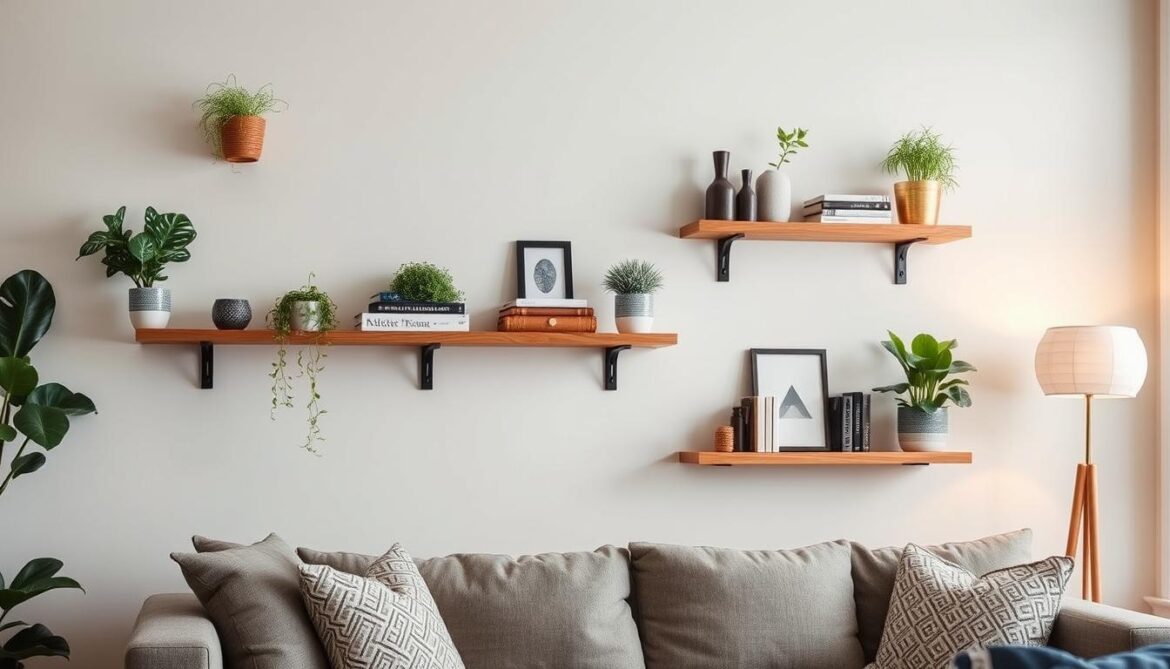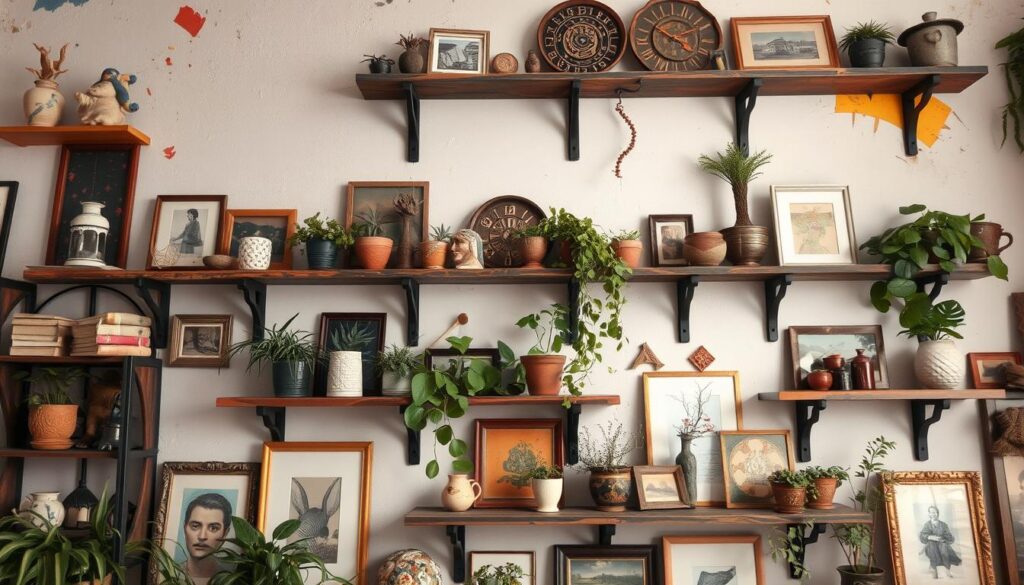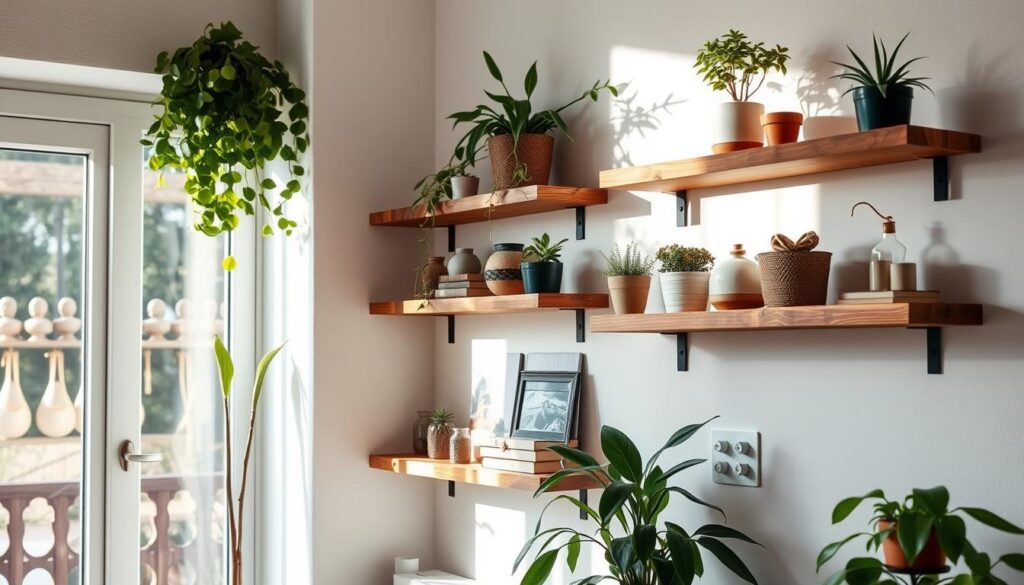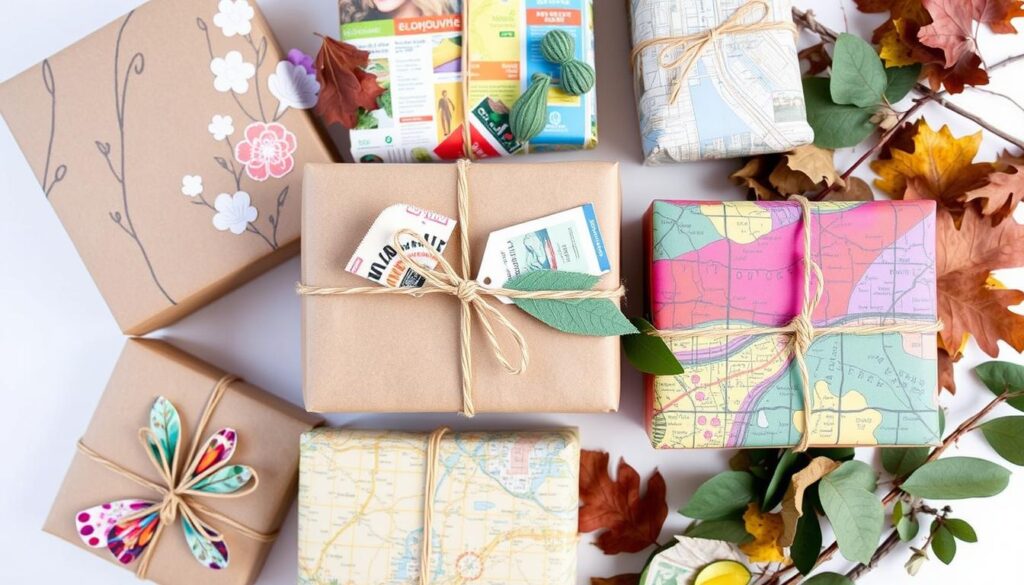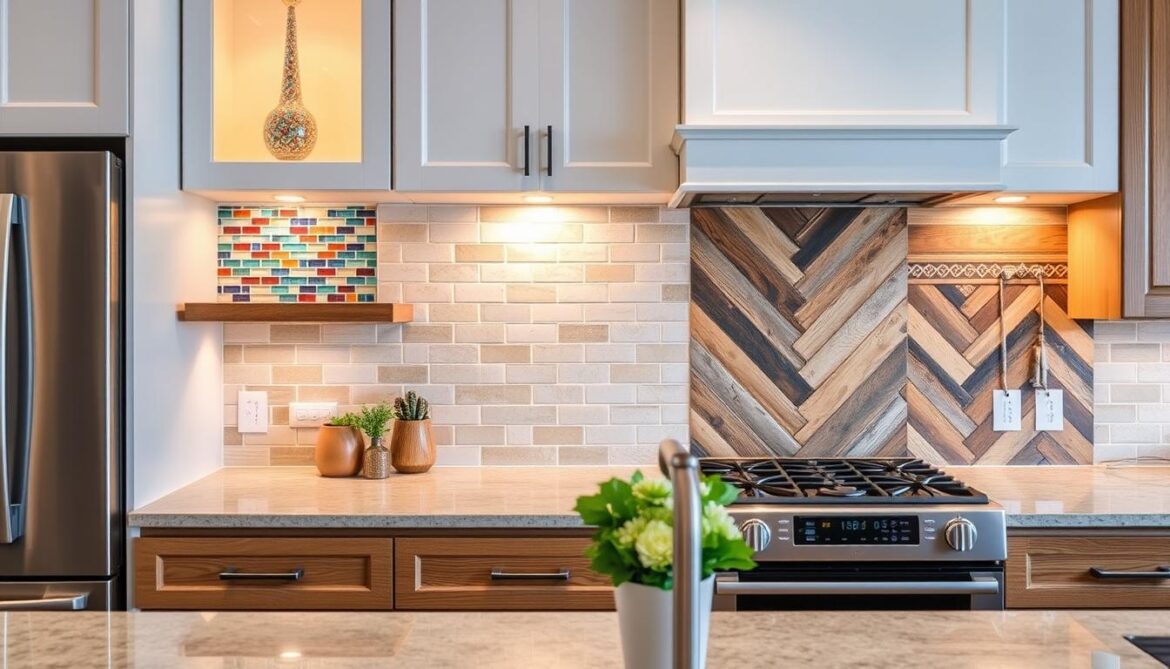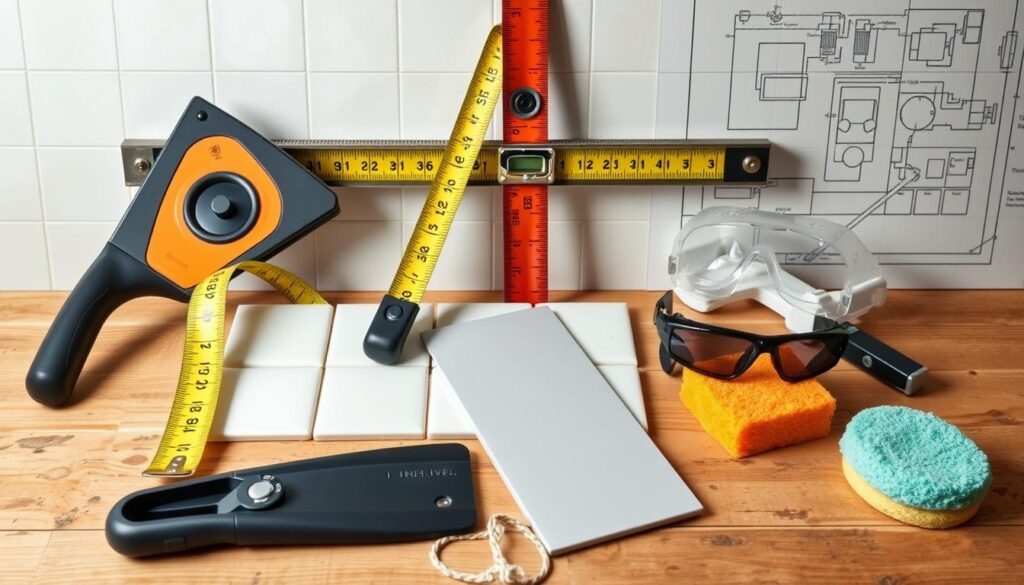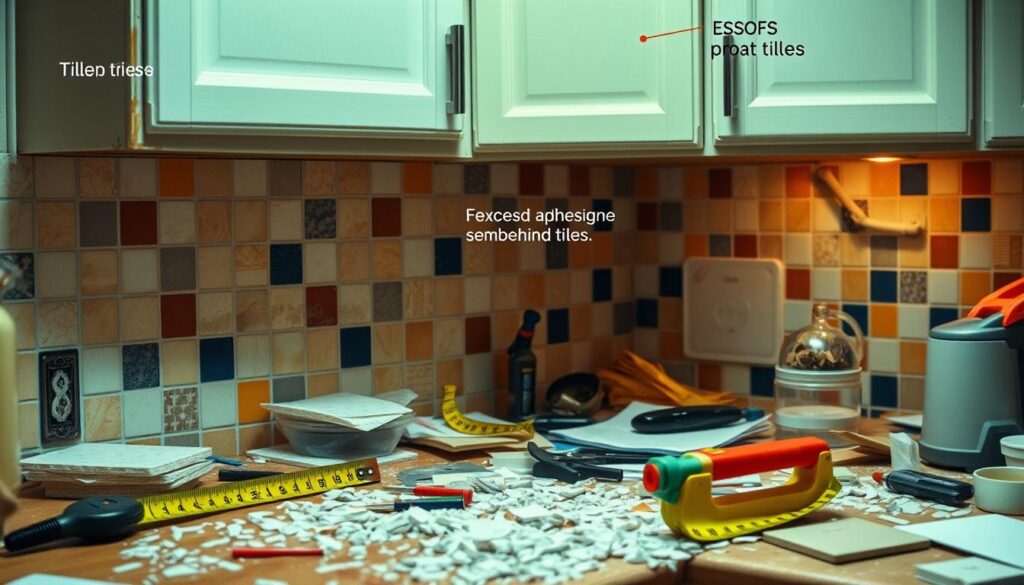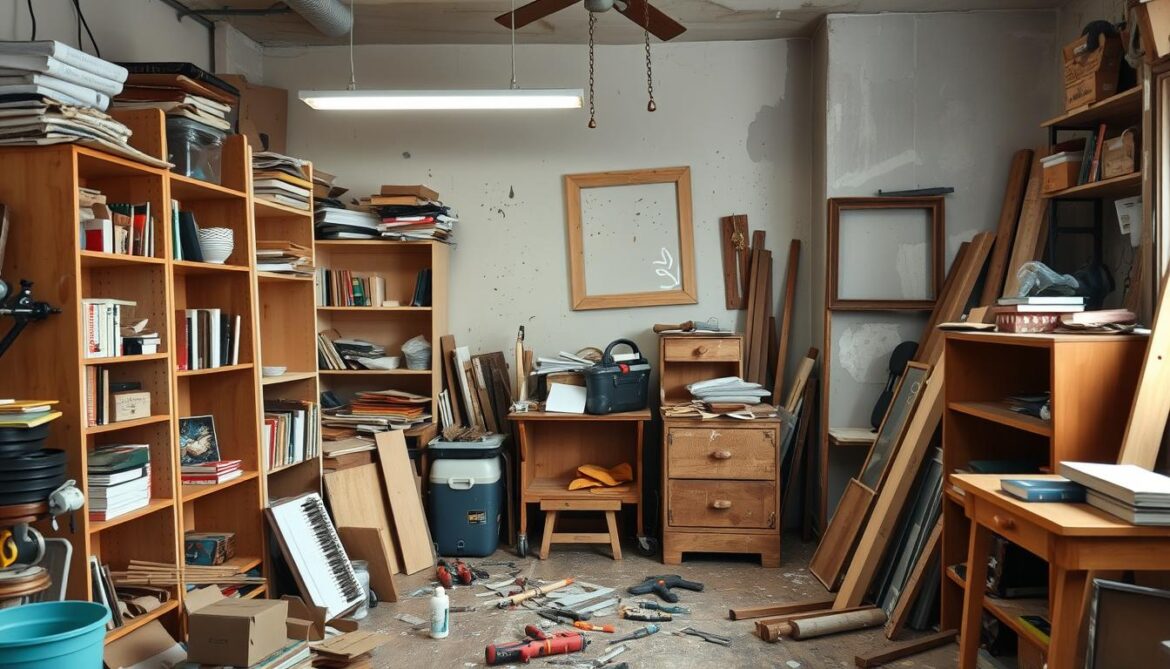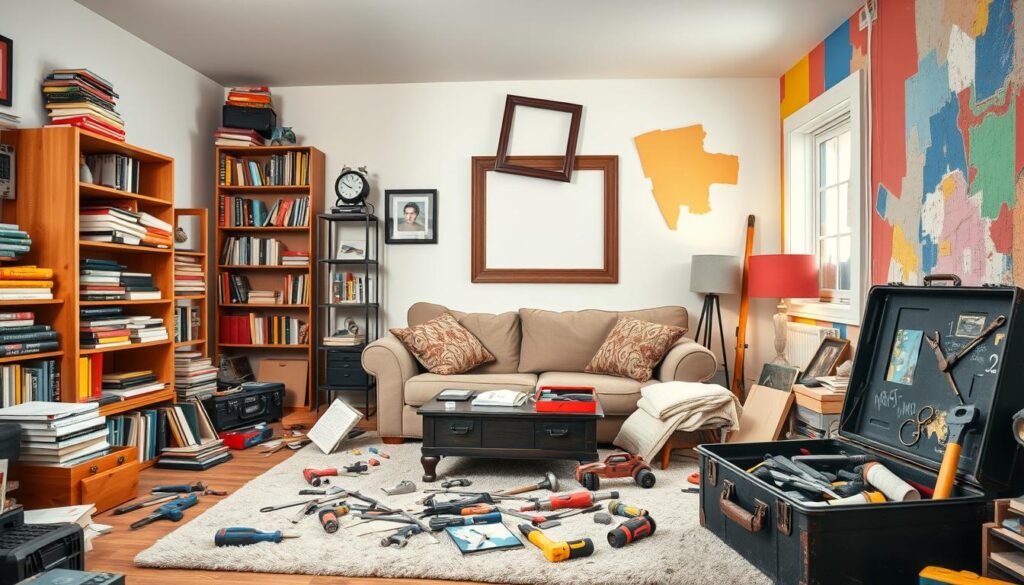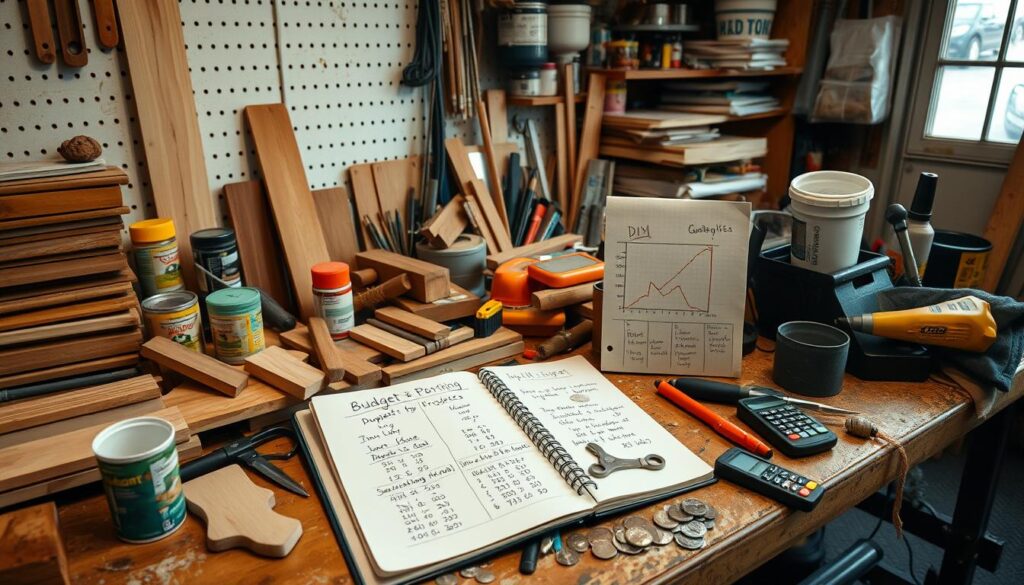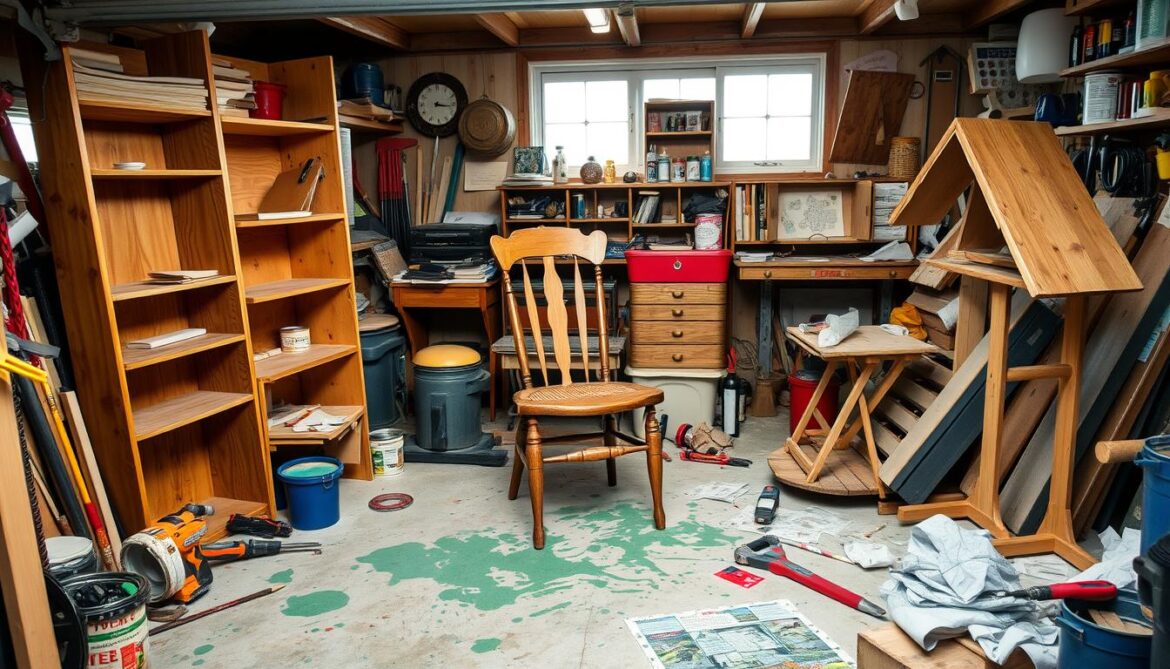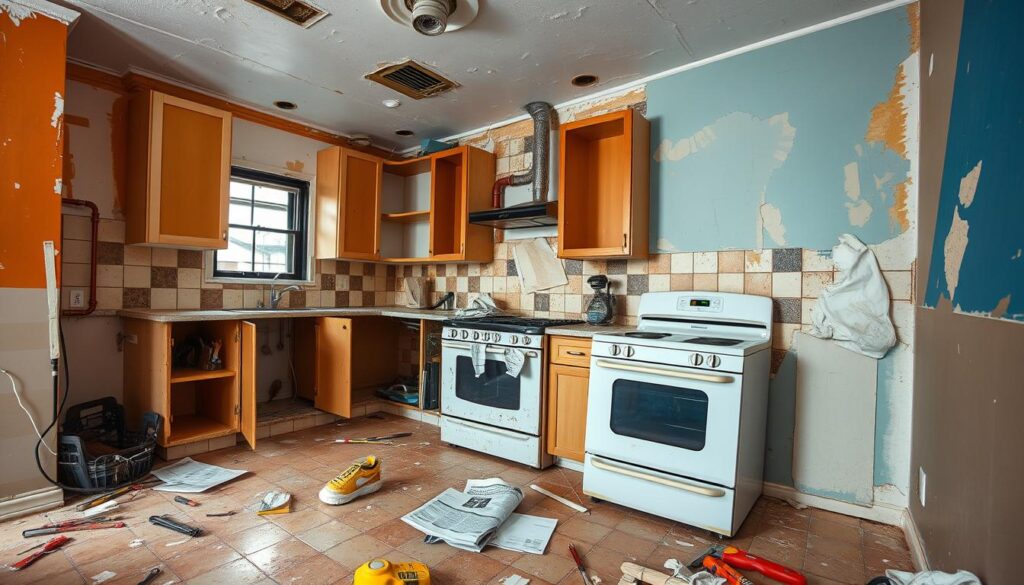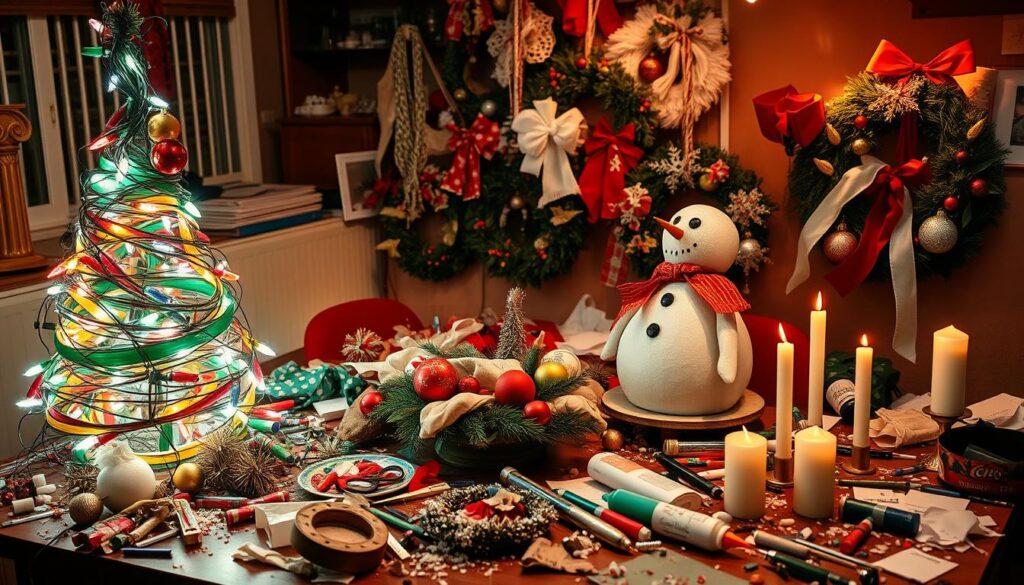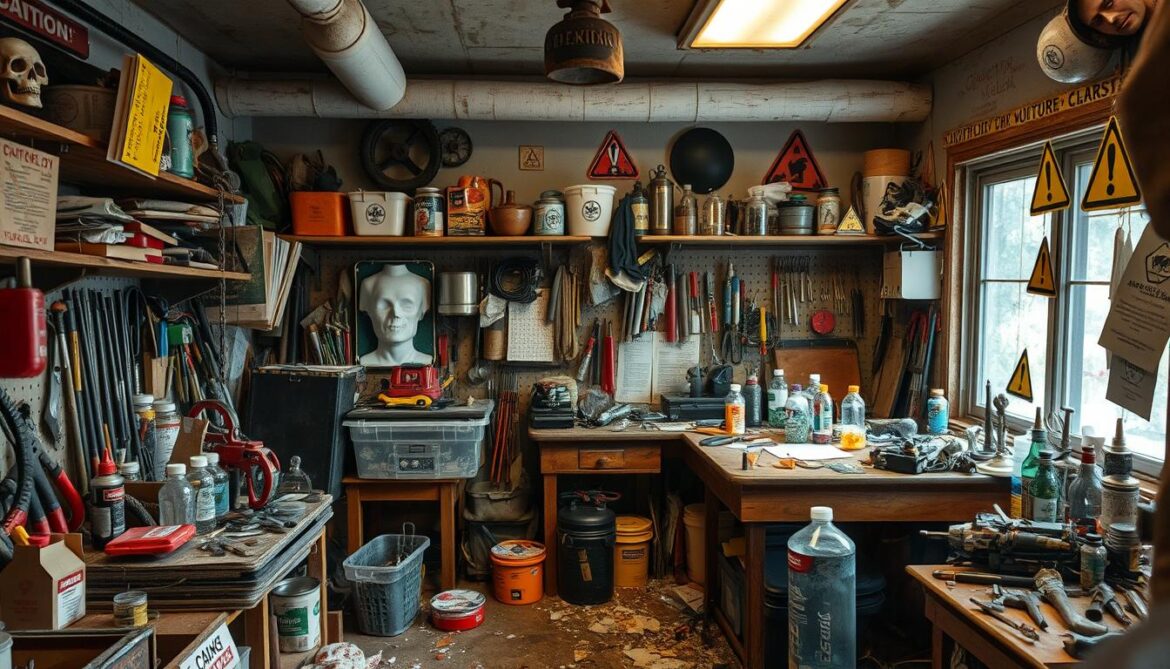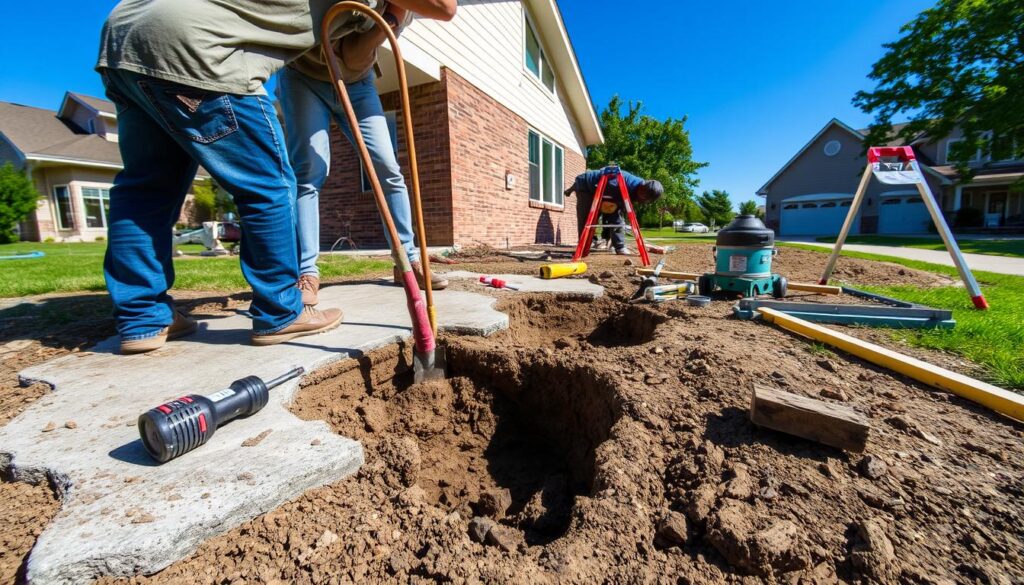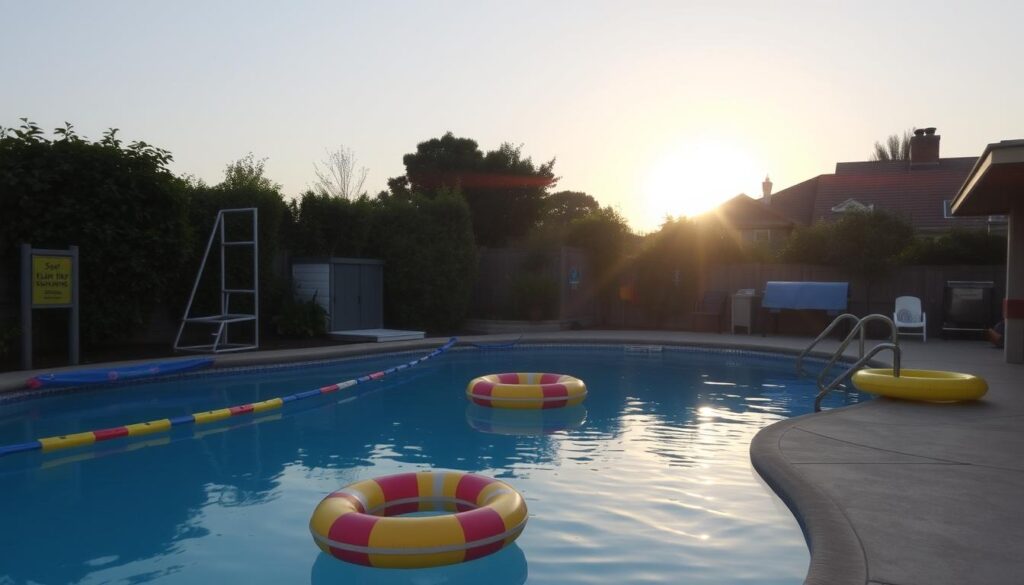Imagine making your own luxurious Made-by-Hand Soap at home. You can make it just right for your skin and what you like. You can also make special gifts for your loved ones. With the right ingredients and techniques, you can make soap that’s unique and good for your skin.
Making your own soap lets you add natural ingredients to make it special. This guide will teach you how to make luxurious, natural soap at home. You’ll learn about the benefits of handmade soap and how to add natural ingredients. It’s perfect for making gifts or enjoying the benefits of natural soap yourself.
What is Made-by-Hand Soap?
Made-by-Hand Soap is made by hand using natural products. It’s a special and personal choice compared to regular soap. You can pick the ingredients and scents to match your skin and likes, making it your own.
Choosing Made-by-Hand Soap means you get a natural product without harsh chemicals or fake smells. It’s great for people with sensitive skin or who like natural things. Handmade soap offers many benefits, like being tailored to your skin, using natural stuff, and having unique smells.
Definition and Overview
Made-by-Hand Soap is soap made by hand with natural stuff. Making it involves mixing oils, fats, and natural ingredients. You can pick the ingredients and scents to fit your skin and taste, making it truly yours.
Benefits of Handmade Soap
Handmade soap has many good points:
- Customized skin care: You can pick the ingredients and scents that fit your skin and taste.
- Natural ingredients: Handmade soap uses natural products, which is good for people with sensitive skin or who like natural stuff.
- Unique fragrances: You can choose from lots of unique and natural scents, making it truly personal.
Difference Between Handmade and Commercial Soap
The big difference between handmade and commercial soap is the ingredients and how it’s made. Commercial soap is made in big batches with harsh chemicals and fake smells. Handmade soap, on the other hand, is made by hand with natural stuff. This makes handmade soap a special and personal choice compared to commercial soap.
Essential Ingredients for Crafting Soap
Soap making is all about the right ingredients. You need high-quality oils, natural additives, and fragrances without harsh chemicals. The fun part is trying out different mixes to make unique soaps.
Start by picking oils like coconut, olive, and shea butter. These oils form the base of your soap. Coconut oil cleanses well, while olive oil moisturizes. Mixing them gives you a soap that’s both effective and gentle.
Oils and Fats You Can Use
- Coconut oil: known for its cleansing properties
- Olive oil: prized for its moisturizing abilities
- Shea butter: provides long-lasting hydration and nourishment
Natural Additives for Skin Benefits
Natural additives can enhance your soap. They can soothe skin irritations or offer antioxidant protection. Herbs, spices, and botanicals are great for this. They let you make soaps for specific skin types.
Fragrance Options: Essential Oils vs. Fragrance Oils
Soap makers have two fragrance choices: essential oils and fragrance oils. Essential oils come from plants and have a natural scent. Fragrance oils are synthetic and stronger. Choosing the right one makes your soap smell good and be gentle on skin.
Understanding the Soap-Making Process
Starting your journey to make Made-by-Hand Soap means learning about soap-making methods. Each method has its own good and bad points. The right choice depends on what you like and what you want to achieve. We’ll look at cold process, hot process, and melt and pour methods. This will help you pick the best one for your soap making project.
Cold Process Soap-Making
The cold process method mixes oils and lye to create soap. It lets you customize a lot, making it a favorite among soap making fans.
Hot Process Soap-Making
The hot process method heats the soap mix to speed up the reaction. It makes a harder, more lasting soap than cold process.
Melt and Pour Method Explained
The melt and pour method melts pre-made soap bases and adds colors, scents, and more. It’s great for beginners because it’s simple and needs little gear.
| Soap-Making Method | Benefits | Drawbacks |
|---|---|---|
| Cold Process | High customization, gentle on skin | Time-consuming, requires safety precautions |
| Hot Process | Produces hard, durable soap, faster than cold process | Less customizable, can be harsh on skin |
| Melt and Pour | Easy to use, minimal equipment required | Limited customization, can be expensive |
Knowing about different soap-making methods helps you pick the best one. This way, you can make top-notch Made-by-Hand Soap through the art of soap making.
Safety First: Essential Guidelines
When making soap with natural products, safety is key. You’ll be working with lye, a strong substance that can burn and harm your eyes. It’s important to follow safety rules to avoid these risks.
Before you start, get the right protective gear. This includes gloves, goggles, and a mask. These items help prevent skin and eye irritation and keep you from breathing in harmful fumes. Make sure you work in a place with good air flow, away from kids and pets.
Protective Gear Needed
- Gloves: Made of rubber or nitrile to prevent skin irritation
- Goggles: Chemical-resistant to protect your eyes from splashes
- Mask: To prevent inhalation of harsh fumes and particles
Common Safety Precautions
When working with lye, be extra careful. Always mix lye with water, not the other way around. Don’t breathe in the fumes. Have vinegar ready to clean up spills or splashes.
Handling Lye Safely
By following these tips, you can make soap safely and enjoy the process. Always put your safety and the safety of others first when working with natural products in soap making.
| Protective Gear | Description |
|---|---|
| Gloves | Made of rubber or nitrile to prevent skin irritation |
| Goggles | Chemical-resistant to protect your eyes from splashes |
| Mask | To prevent inhalation of harsh fumes and particles |
Choosing Your Soap-Making Equipment
To start making Made-by-Hand Soap, you need the right equipment. The equipment you choose depends on the soap making type you prefer. Beginners should start with the basics. You’ll need a soap mold, a cutter, and a mixer to begin.
Having the right equipment is key in soap making. It helps you make high-quality soap easily. Here are some essential tools for beginners:
- Soap mold: This is where you pour your soap mixture to shape it into bars.
- Cutter: This tool is used to cut the soap into bars once it hardens.
- Mixer: This device mixes the soap ingredients together.
As you get better at soap making, you might want more tools. Consider a thermometer or a soap stamp for advanced designs. These tools add a professional touch to your soap.
It’s also important to know how to clean and maintain your equipment. This prevents bacteria spread and keeps your tools in good shape. Here are some cleaning tips:
- Wash your equipment with soap and warm water after each use.
- Sanitize your equipment with a water and vinegar mix.
- Dry your equipment well after cleaning to avoid rust.
By choosing the right equipment and following cleaning tips, you can make high-quality Made-by-Hand Soap easily. Always follow safety guidelines when using soap making equipment. Happy crafting!
| Equipment | Description |
|---|---|
| Soap Mold | A container used to shape soap into bars. |
| Cutter | A tool used to cut soap into bars. |
| Mixer | A device used to mix soap ingredients together. |
Sourcing Quality Ingredients
Creating natural products like Made-by-Hand Soap requires quality ingredients. This ensures your soap works well and is safe. You can find these ingredients at local health food stores, farmers’ markets, or online.
Here are some ways to find quality ingredients:
- Local farmers’ markets for fresh and seasonal ingredients
- Online retailers that specialize in natural products and Made-by-Hand Soap ingredients
- Health food stores that carry a variety of natural ingredients
Choosing ingredients ethically is also key. Look for sustainable options, support local farmers, and ensure they are cruelty-free. Quality ingredients make your soap good for your skin and the planet.
Also, use seasonal ingredients to keep your soap fresh and interesting. This means adding fresh herbs, botanicals, or essential oils that are in season. By focusing on quality and ethics, you make soap that’s both effective and sustainable.
Making Your First Batch of Soap
Starting your soap making journey can be thrilling yet daunting. With the right help, you can make beautiful, effective handmade gifts. It’s key to follow a recipe and measure ingredients carefully.
When making your first batch, avoid common mistakes to ensure quality soap. Mistakes like using too much water, not mixing lye and oils right, and not insulating the mold can ruin your batch. Knowing these mistakes helps you avoid them and make a great batch.
Step-by-Step Instructions
To make your first batch of soap, follow these steps:
- Mix the lye and water in a well-ventilated area, wearing protective gear
- Combine the oils and heat them to the desired temperature
- Slowly add the lye mixture to the oils, mixing until you reach the desired consistency
- Pour the soap mixture into a mold and insulate it to promote saponification
Tips for a Successful First Batch
To increase your chances of making a successful first batch, consider the following tips:
- Use high-quality ingredients and follow a tried-and-true recipe
- Keep your workspace clean and organized to avoid contamination
- Be patient and allow the soap to cure for the recommended amount of time
By following these steps and tips, you can create a beautiful and effective batch of handmade soap. It’s perfect for handmade gifts for your loved ones. Always prioritize safety and take your time when working with lye and other soap making ingredients.
Creative Soap Designs and Shapes
As you get better at making soap, you can try new designs and shapes. This is where the fun starts. You can make unique handmade gifts for any occasion or daily use with Made-by-Hand Soap.
Adding creativity to your soap can be done with molds. You can find molds in many shapes and sizes. This lets you make soap that looks good and works well. For instance, you can make soap in the shape of a heart or star, perfect for handmade gifts.
Using Molds for Unique Shapes
Molds can make your soap special. You can find molds in different materials and shapes. To use a mold, just pour your soap mixture in and wait for it to set. Then, remove the soap from the mold and trim the edges.
Swirls and Color Techniques
Swirls and color techniques can also make your soap unique. You can mix different colors to create swirls or layer them for a marbled look. This makes each bar of soap special.
Embedding Objects in Soap
You can also add objects to your soap for extra creativity. This could be dried flowers, herbs, or small toys. Just put the object in the mold before adding the soap. When it’s set, the object will be inside the soap, making it interesting.
Experimenting with Natural Colorants
Exploring soap making reveals the fun of using natural colorants. These ingredients can make your handmade soaps unique and creative. You can use herbs, spices, and botanicals to create a wide range of colors. Try turmeric, spirulina, and indigo for everything from soft pastels to bright hues.
Natural colorants are a green choice for soap making. They make your soap not only look good but also feel gentle on the skin. Some favorites include:
- Herbs like calendula and chamomile for a soft, yellow hue
- Spices like cinnamon and paprika for a warm, earthy tone
- Botanicals like rose petals and lavender for a delicate, pastel color
To use these colorants, just mix them with a carrier oil or add them to your soap mixture. You can also blend different colors for something truly special. Always test a small batch first to ensure the best results.
Playing with natural colorants can elevate your soap making. It’s a great way to add a personal touch and make your products stand out. Whether you’re new or experienced, natural colorants are a fantastic way to enhance your creations.
| Natural Colorant | Color Produced | Usage |
|---|---|---|
| Turmeric | Yellow | Infuse in carrier oil or add directly to soap mixture |
| Spirulina | Green | Infuse in carrier oil or add directly to soap mixture |
| Indigo | Blue | Infuse in carrier oil or add directly to soap mixture |
Customizing Your Soap with Additives
Exploring Made-by-Hand Soap opens up a world of customization. You can make each bar special by matching it to specific skin types and needs. Adding different ingredients makes your soap stand out from store-bought ones.
There are many ways to customize your soap. You can use oatmeal, coffee grounds, or sugar for a textured soap. Honey, coconut oil, or shea butter add moisture. The trick is to mix scents and textures right for a great feel.
Exfoliants for Texture
- Oatmeal: soothes and calms the skin
- Coffee grounds: gently exfoliates and reduces cellulite
- Sugar: natural humectant that retains moisture
Additives for Moisturizing
- Honey: natural antibacterial and moisturizer
- Coconut oil: hydrates and nourishes the skin
- Shea butter: rich in vitamins and antioxidants
Trying out different additives lets you make a variety of soaps. You can make soothing or moisturizing soaps. Soap making offers endless possibilities for your creations.
| Additive | Benefits |
|---|---|
| Oatmeal | Soothes and calms the skin |
| Honey | Natural antibacterial and moisturizer |
| Coconut oil | Hydrates and nourishes the skin |
Packaging and Presentation Ideas
When you show off your handmade gifts, like Made-by-Hand Soap, how you package them matters a lot. You want your natural products to look good and be wanted, whether as gifts or for sale. Choose eco-friendly packaging to make your products stand out and be more appealing.
Think about using recycled materials, biodegradable packaging, and creative labels. For instance, recycled paper or cardboard can make unique, earthy packaging. Also, biodegradable materials like plant-based plastics or mushroom-based packaging help the environment.
Eco-Friendly Packaging Options
- Recycled paper or cardboard packaging
- Biodegradable packaging materials, such as plant-based plastics or mushroom-based packaging
- Creative labeling techniques, such as handmade labels or stamps
Presenting your handmade gifts in an eco-friendly way makes them special. Add a personal touch, like a handwritten note or a small decoration, to make it even more special. With creativity, you can make your natural products into beautiful gifts that show your care and detail.
Storing and Curing Your Soap
After making soap, it’s key to store and cure it right. This ensures your soap stays good and lasts longer. To cure, place the soap on a wire rack or tray. This lets air get to each bar.
Storing your soap right keeps it fresh and effective. Keep it in a cool, dry spot, away from sunlight and moisture. This stops bacteria and mold, keeping your soap fresh.
The Curing Process Explained
Curing takes 4-6 weeks. During this time, your soap gets milder and gentler. Check it often to avoid dryness or damage. Proper curing and storage mean you can enjoy your soap for a long time.
Proper Storage Techniques
Store your soap in a paper bag, cardboard box, or breathable cloth bag. Keep it away from sunlight, moisture, and extreme temperatures. Adding silica gel or rice can absorb moisture and keep your soap fresh.
Shelf Life of Handmade Soap
Handmade soap’s shelf life varies. It depends on ingredients, storage, and curing. A well-made soap can last months to a year or more. Follow these tips to enjoy your soap for a long time.
Here is a table summarizing the key points to consider when storing and curing your soap:
| Factor | Consideration |
|---|---|
| Storage Location | Cool and dry place, away from direct sunlight and moisture |
| Curing Time | 4-6 weeks, depending on the recipe and environmental conditions |
| Shelf Life | Several months to a year or more, depending on the ingredients and storage conditions |
Troubleshooting Common Soap-Making Issues
As you dive into soap making, you might face some common problems. These can affect the quality of your handmade soap. But don’t worry, with patience and practice, you can solve these issues and make beautiful soap.
Fixing problems like uneven texture or color is key. Check the temperature and mixing process. Also, use top-notch ingredients and a tested recipe to avoid issues.
Addressing Imperfections
To fix issues like hard or soft soap, try adjusting the recipe. Adding more or less of certain ingredients can help. Remember, the type of ingredients you use also matters.
Tips for Fixing Texture Problems
- Check the temperature of your ingredients and mixing process
- Adjust the recipe to achieve the desired texture
- Use high-quality ingredients to minimize imperfections
How to Improve Scent and Color
To boost your soap’s scent and color, try different essential oils and natural colorants. This will make your soap look and smell great. By fixing common problems and improving your skills, you’ll create top-notch soap that shows off your talent.
Learning from the Soap-Making Community
As you keep making Made-by-Hand Soap, it’s key to connect with others who love soap making. The soap-making community is full of knowledge, inspiration, and support. Join online groups, local workshops, and find resources to learn more. This will help you get better, stay updated, and keep making unique Made-by-Hand Soap.
Here are some ways to join the soap-making community:
- Join online forums and social media groups dedicated to soap making
- Participate in local workshops and classes to learn from experienced soap makers
- Attend conferences and events to network with other soap enthusiasts and learn about new techniques and ingredients
You can also find many resources for learning more, such as:
| Resource | Description |
|---|---|
| Online tutorials | Step-by-step guides to various soap making techniques |
| Books and eBooks | Comprehensive guides to Made-by-Hand Soap creation, covering topics from ingredients to packaging |
| YouTube channels | Videos showing different soap making techniques, recipes, and tips |
By diving into the soap-making community and using these resources, you can elevate your Made-by-Hand Soap creations. Enjoy the fun and rewards of this hobby.
Conclusion: Enjoying Your Handmade Soap
Making your own soap is a very rewarding experience. You get to use natural ingredients and improve your soap-making skills. Now, you can enjoy the benefits of homemade soap every day.
Benefits of Using Homemade Soap Daily
Using your handmade soap in your self-care routine is great for your skin. It’s gentle and moisturizing. Your skin will feel soft, supple, and refreshed because of it.
Sharing Your Creations with Others
You don’t have to keep your soap for yourself. Share it with friends and family as handmade gifts. Giving your soap as a gift is a lovely way to spread joy and support local artisans.
Encouragement to Explore Further Crafting
Now that you know how to make soap, try other crafts too. You might enjoy making candles, bath bombs, or natural cosmetics. There’s a whole world of homemade, eco-friendly products waiting for you to discover.
FAQ
Q: What is Made-by-Hand Soap?
A: Made-by-Hand Soap is made by hand using natural ingredients. It’s different from commercial soap, which uses harsh chemicals. Handmade soap offers benefits like customized care, natural ingredients, and unique fragrances.
Q: What are the benefits of handmade soap?
A: Handmade soap is gentle, moisturizing, and effective for your skin. It’s better than commercial soap because it’s made with natural ingredients and can be customized.
Q: What are the essential ingredients for crafting soap?
A: You need oils and fats, natural additives, and fragrance options for soap. Common ingredients include coconut oil, olive oil, and shea butter.
Q: What are the different soap-making techniques?
A: There are three main techniques: cold process, hot process, and melt and pour. Each has its own benefits and drawbacks, depending on what you want to achieve.
Q: What safety precautions should I take when making soap?
A: Wear protective gear like gloves and safety goggles. Handling lye, the key ingredient, requires special care to avoid injury.
Q: What equipment do I need to start making soap?
A: You’ll need molds, cutters, mixers, and basic tools like spoons and spatulas. As you get better, you might want more tools, like digital scales and soap stampers.
Q: Where can I find quality ingredients for soap making?
A: Look for quality ingredients from reputable suppliers online or locally. Focus on ethical sourcing and seasonal ingredients for unique soaps.
Q: How do I make my first batch of soap?
A: Follow step-by-step instructions and avoid common mistakes. With the right guidance, you can make a beautiful batch of handmade soap.
Q: How can I create unique soap designs and shapes?
A: Use molds and try swirls and color techniques. You can also embed objects in the soap. This will make your soap stand out.
Q: How can I use natural colorants in my soap?
A: Natural colorants like herbs and spices add a unique touch. Learn how to use them safely and mix colors for your desired look.
Q: How can I customize my soap with additives?
A: Add exfoliants, moisturizers, and scents to enhance your soap. Try oatmeal, honey, and essential oils for a personalized touch.
Q: How do I properly store and cure my handmade soap?
A: Proper storage and curing are key for quality and longevity. Learn about the curing process and storage techniques to keep your soap fresh.
Q: How can I troubleshoot common soap-making issues?
A: Troubleshoot issues like imperfections and texture problems. With the right guidance, you can fix these and make high-quality soap.
Q: How can I learn more from the soap-making community?
A: The soap-making community is full of resources. Join online groups, attend workshops, and explore resources to keep learning and improving.
